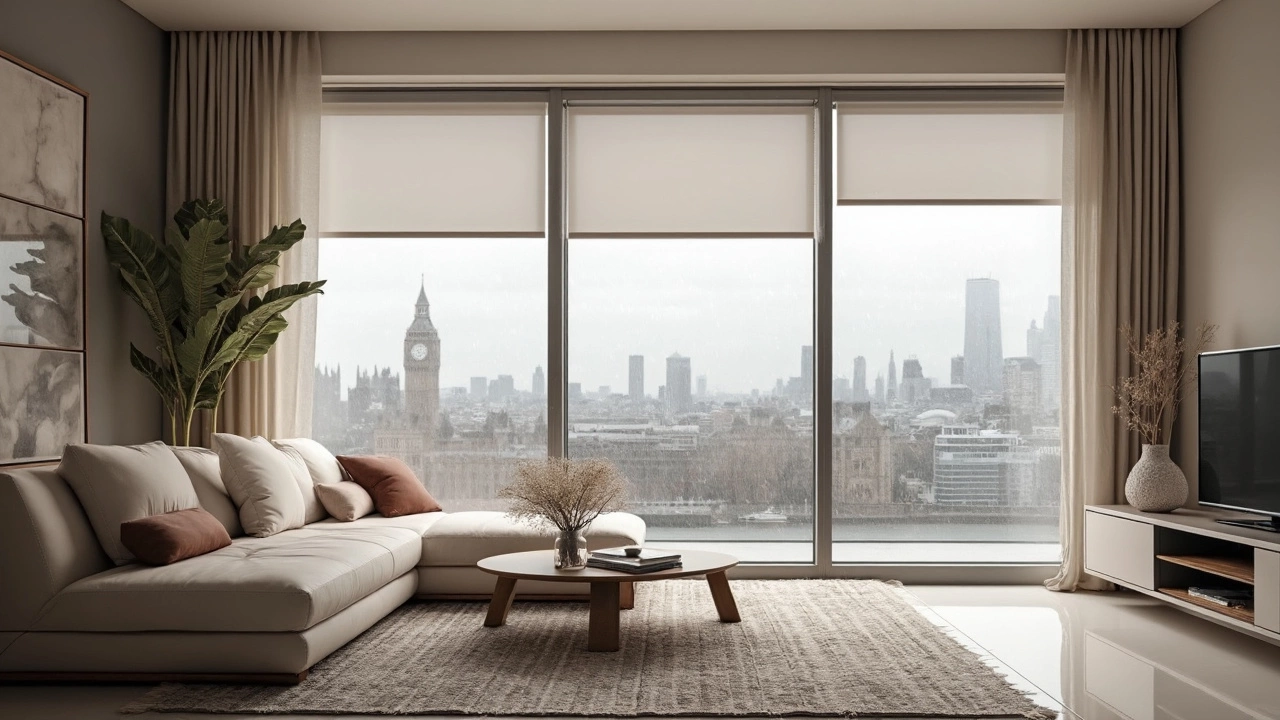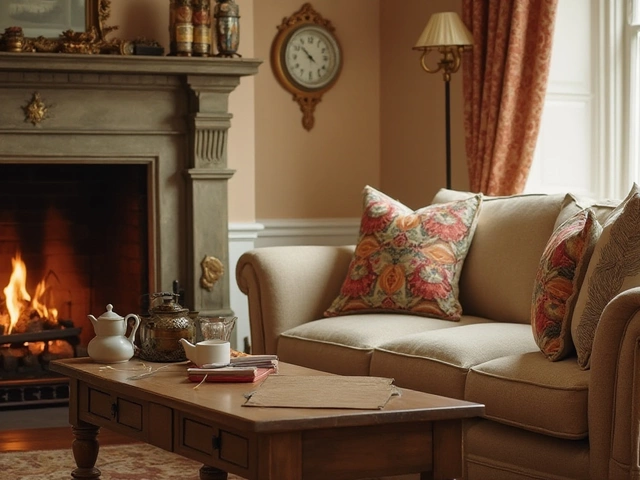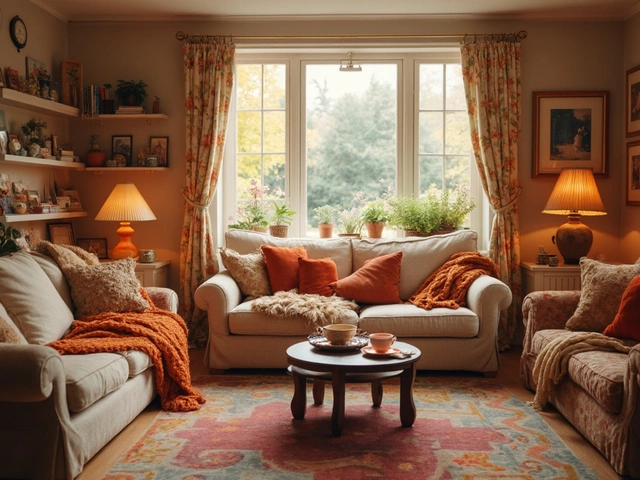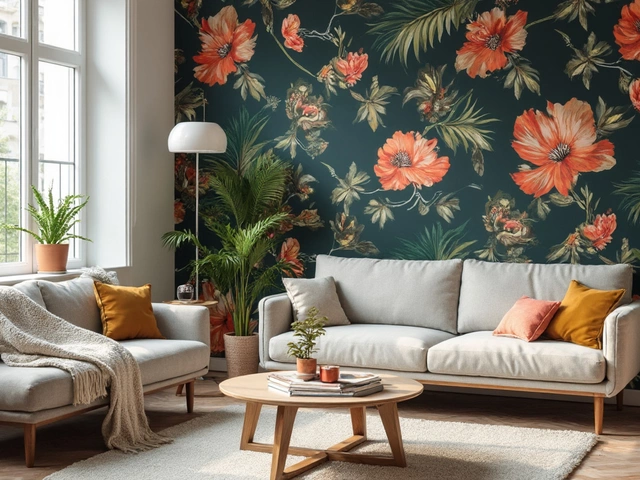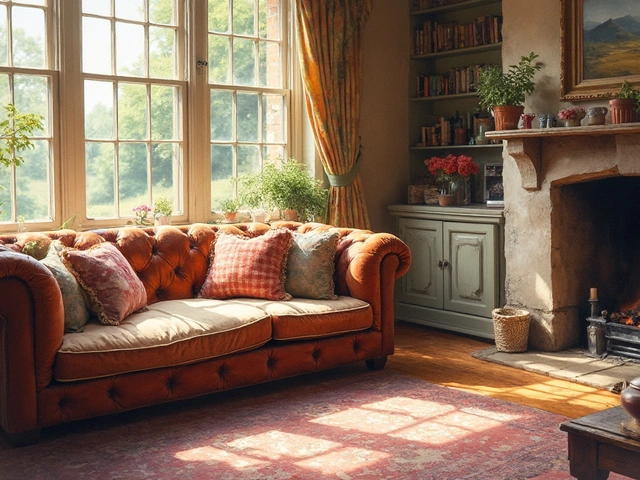Drapes – How to Choose, Hang & Style Them
When you think about freshening up a room, drapes are a quick win. They add color, texture, and a sense of privacy without a big budget. In this guide you’ll learn how to pick the best fabric, decide on length, and hang them so they look professional, even if you’re a DIY newbie.
Picking the Right Fabric & Style
First question: what material feels right for the space? Light fabrics like linen or cotton work great in kitchens and living rooms because they let natural light filter in while still offering privacy. If you need a drama‑filled look for a bedroom, go for velvet or heavy silk. Both create a cozy vibe and block out light when you need it.
Next, think about the pattern. Solid colors are safe and easy to match with existing furniture. Stripes add height – vertical stripes make windows appear taller, while bold prints become a focal point. A good rule of thumb is to keep the pattern proportionate to the window size; a tiny window can get lost under a giant floral print.
Don’t forget the lining. A blackout liner is a must if the room doubles as a media space or a nursery. For most rooms, a light liner helps the drape hang smoother and adds a bit of insulation.
Installation Tips for Perfect Length
The height you hang your drapes changes how the whole room feels. Mount the rod a few inches above the window frame, or even a foot higher for a dramatic effect. The higher the rod, the taller the ceiling appears. Make sure there’s at least 2–3 inches of rod visible on each side – this balances the look.
Length matters too. Floor‑length drapes that skim the carpet give a polished finish. If you have a radiator or want a casual vibe, let the drape puddle a couple of inches on the floor. Just avoid dragging the fabric across rug fibers; it can cause wear over time.Measure twice, cut once. Use a tape measure from the rod to the floor, then add a half‑inch for a neat break. If you’re buying ready‑made drapes, check the product details – many brands list length options like “just‑touching” or “full‑puddle”.
Hardware is the final piece. Choose a sturdy rod that can handle the weight of your fabric; heavy velvet needs a metal rod, while sheer cotton works fine on a wooden one. Finials (the decorative ends) can add personality – keep them small for a sleek look or go big for a vintage feel.
Once the drapes are up, step back and tweak. If the panels look bunched, adjust the pleat spacing or add extra rings. A well‑hung drape should fall straight and cover the window evenly on both sides.
Ready to get started? Grab a tape, pick a fabric that matches your mood, and follow the simple steps above. In no time your windows will have the finish they deserve, and you’ll feel proud of a small upgrade that makes a big impact.

